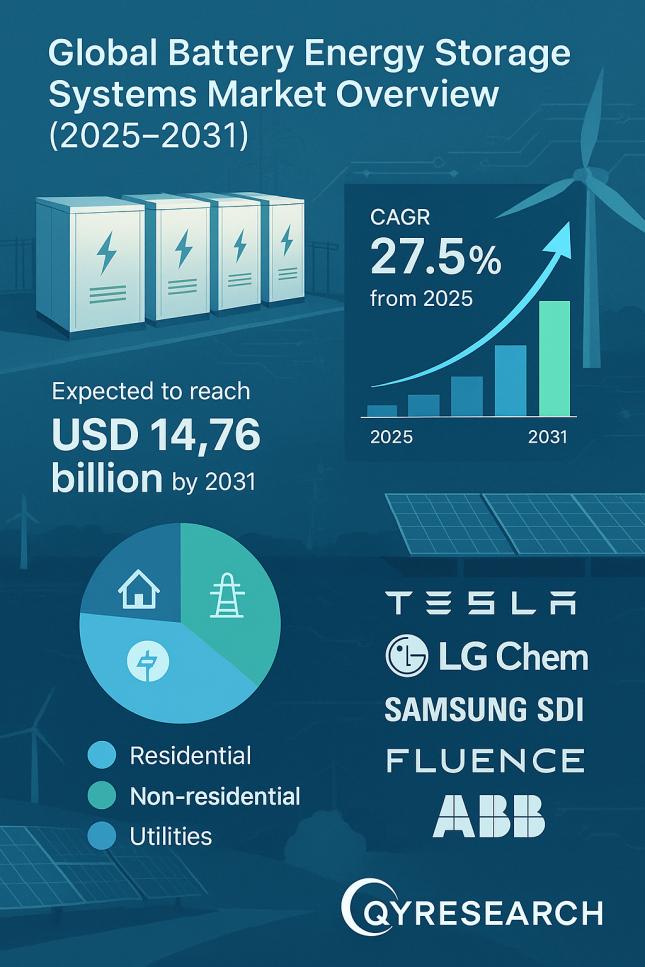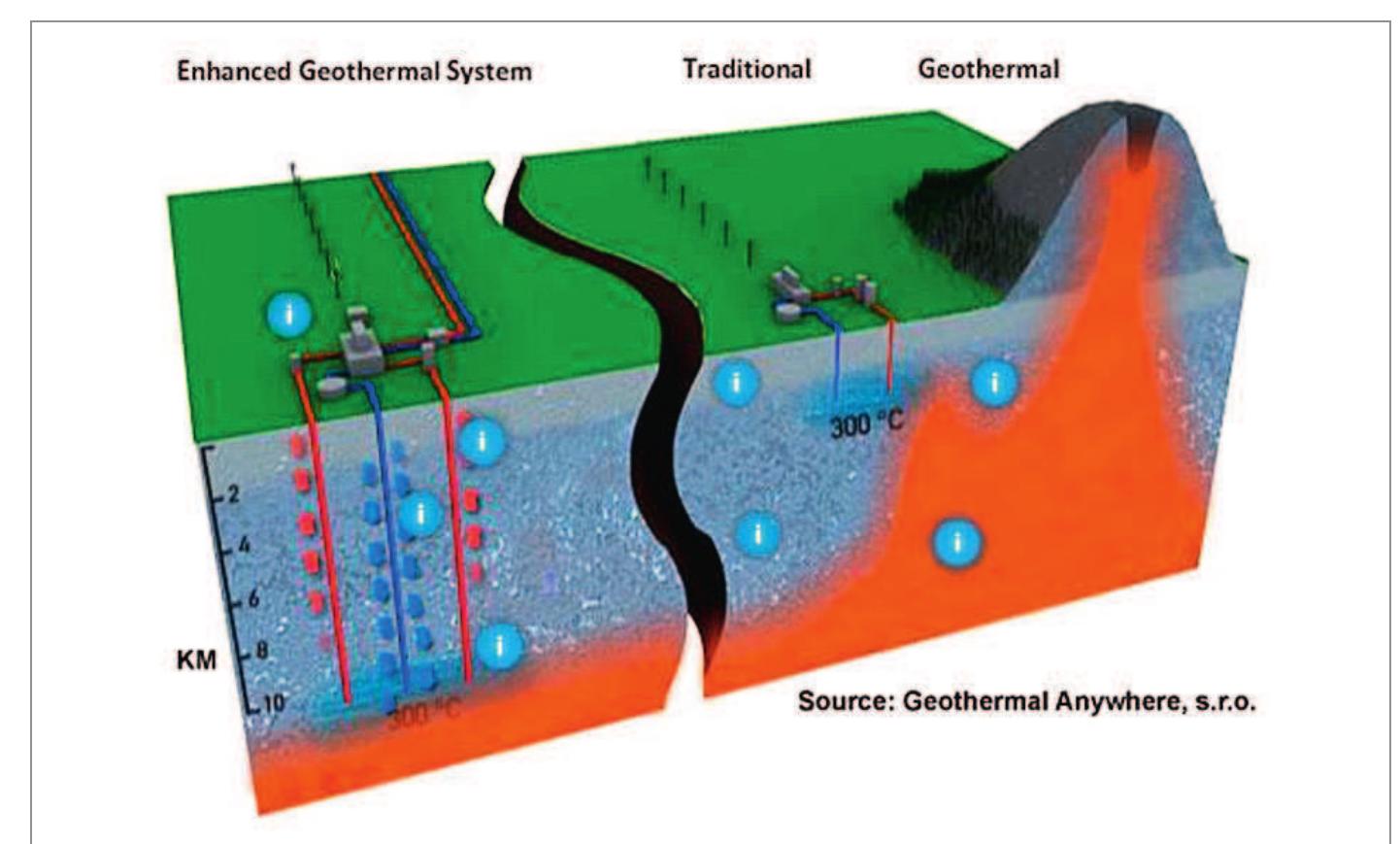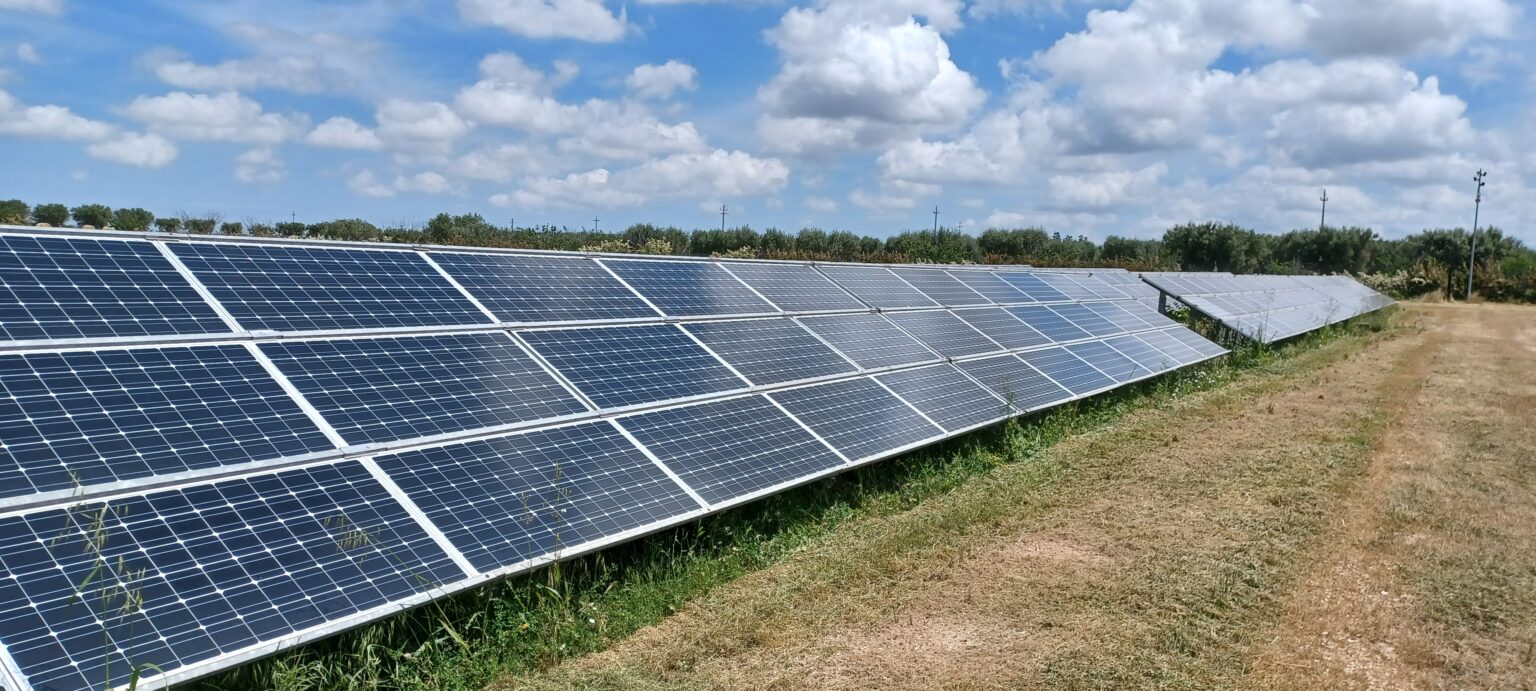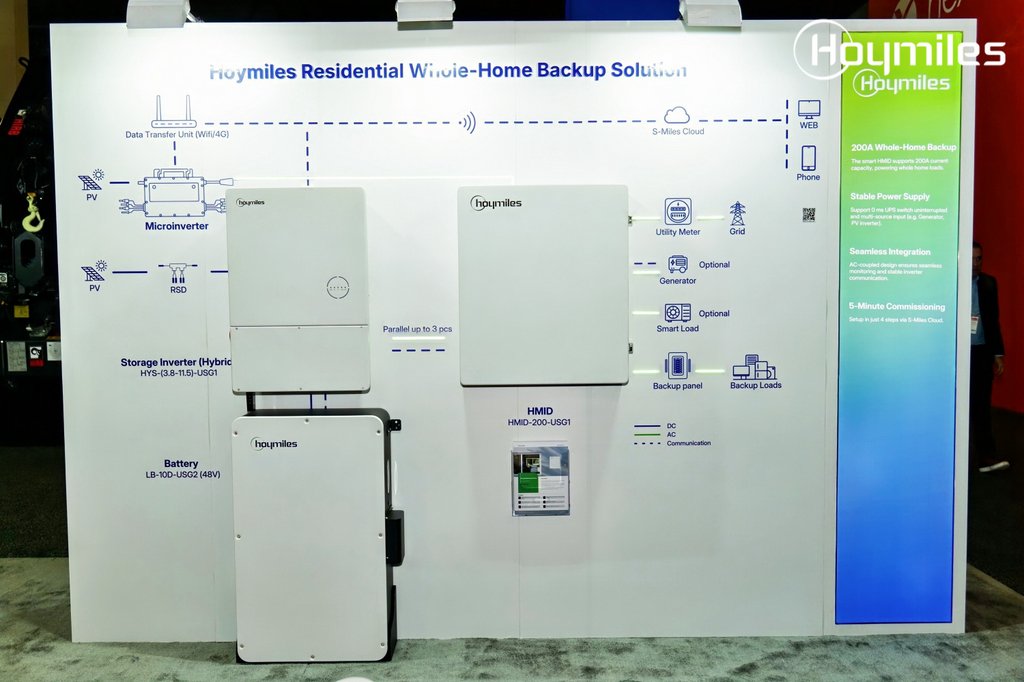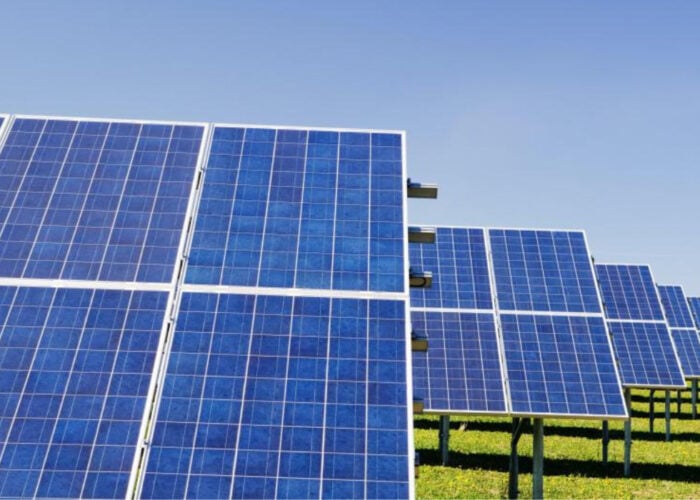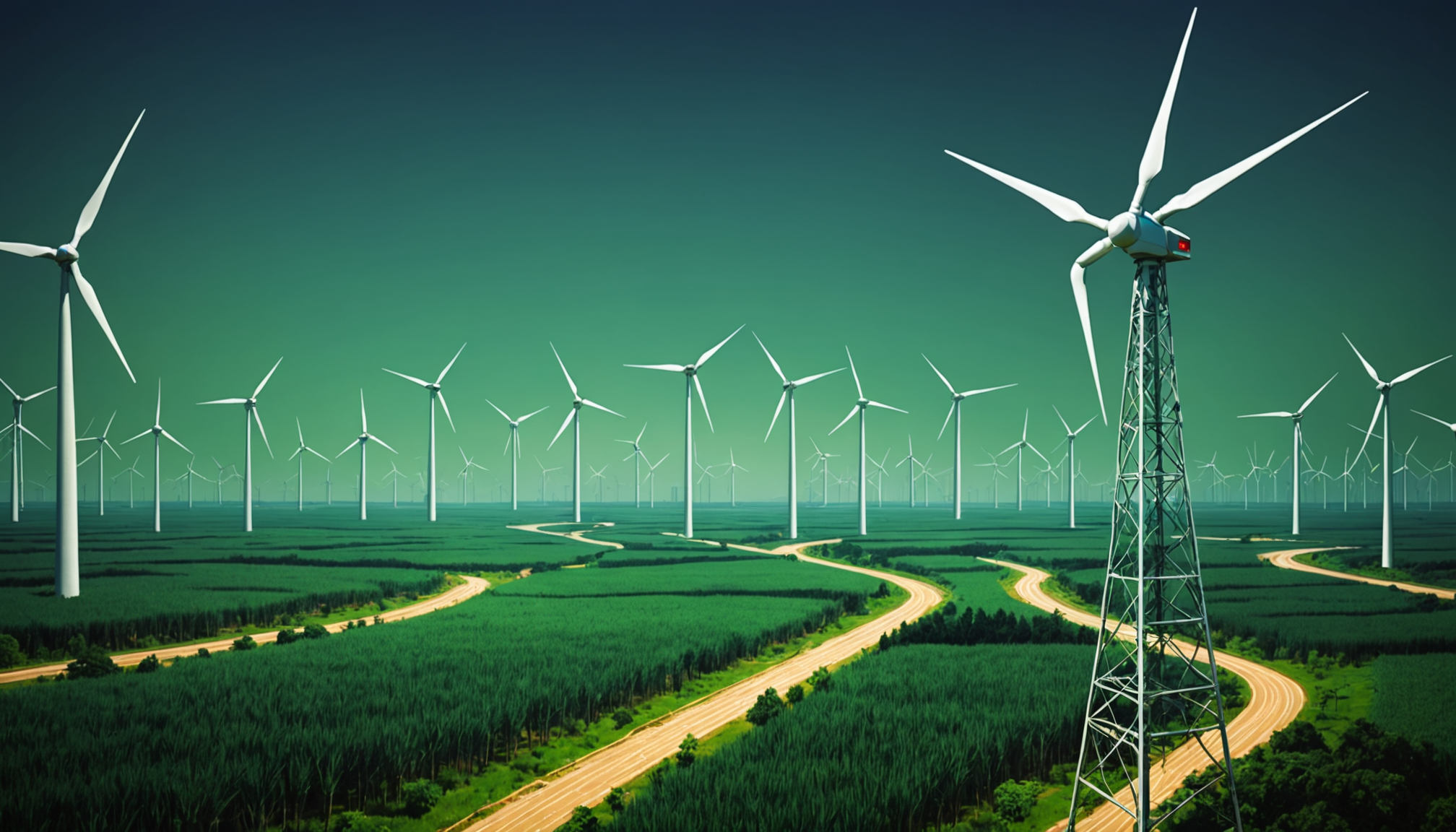
Global Solar-Wind Energy System and Sustainable Development Goals
Introduction
A recent Chinese-led study indicates that by 2050, the world’s energy demands could be met through an interconnected global solar-wind energy system. This system is projected to produce three times the required power at a lower cost compared to independent regional systems. This development aligns closely with several Sustainable Development Goals (SDGs), particularly SDG 7 (Affordable and Clean Energy), SDG 13 (Climate Action), and SDG 9 (Industry, Innovation, and Infrastructure).
Research Overview
The research team analyzed the creation of a global network leveraging regions with abundant renewable energy potential. This network would supply energy across and between continents to areas with high demand, promoting international cooperation and sustainable energy distribution.
Key Findings and Challenges
- An international renewable energy market could be established by optimizing solar and wind energy deployment.
- Implementation must navigate geopolitical boundaries and crises, such as the ongoing Ukraine war, highlighting the importance of SDG 16 (Peace, Justice, and Strong Institutions).
- Successful global interconnection could:
- Improve energy efficiency (SDG 7).
- Reduce the economic burden of decarbonization (SDG 8 – Decent Work and Economic Growth).
- Enhance resilience against conflicts and climate extremes (SDG 13).
Potential of Renewable Resources
The researchers from China, Denmark, and the United States stated in a paper published in Nature Communications that “the potential of solar and wind resources on Earth vastly surpasses human demand.” This underscores the critical role of renewable energy in achieving SDG 7 and SDG 13 by reducing reliance on fossil fuels and mitigating climate change.
Addressing Intermittency and Energy Storage
As the global energy mix shifts towards renewables, challenges arise due to the intermittent nature of solar and wind power. Variations in daily and seasonal generation can lead to mismatches between energy supply and demand, particularly during peak periods.
To address these challenges, power systems incorporating intermittent sources rely on:
- Energy storage solutions.
- Flexible energy generation sources such as hydropower.
However, these solutions require significant infrastructure investments and are vulnerable to disruptions from extreme weather events, emphasizing the need for resilient infrastructure (SDG 9) and climate adaptation strategies (SDG 13).
Conclusion
The study highlights the transformative potential of a globally interconnected solar-wind energy system in meeting future energy demands sustainably. By advancing this vision, the international community can make significant progress towards multiple Sustainable Development Goals, fostering a cleaner, more equitable, and resilient energy future.
1. Sustainable Development Goals (SDGs) Addressed or Connected
- SDG 7: Affordable and Clean Energy
- The article discusses meeting global energy demands by 2050 through an interconnected solar-wind energy system, which directly relates to ensuring access to affordable, reliable, sustainable, and modern energy.
- SDG 13: Climate Action
- The focus on decarbonisation, renewable energy deployment, and resilience against climate extremes ties into taking urgent action to combat climate change and its impacts.
- SDG 9: Industry, Innovation, and Infrastructure
- The creation of a global interconnected renewable energy market and infrastructure for energy storage and flexible generation sources relates to building resilient infrastructure, promoting inclusive and sustainable industrialization, and fostering innovation.
- SDG 17: Partnerships for the Goals
- The international collaboration mentioned in the study and the need to navigate geopolitical boundaries highlight the importance of global partnerships to achieve sustainable development.
2. Specific Targets Under the Identified SDGs
- SDG 7 Targets
- 7.2: Increase substantially the share of renewable energy in the global energy mix by 2030.
- 7.3: Double the global rate of improvement in energy efficiency.
- 7.a: Enhance international cooperation to facilitate access to clean energy research and technology.
- SDG 13 Targets
- 13.1: Strengthen resilience and adaptive capacity to climate-related hazards and natural disasters.
- 13.2: Integrate climate change measures into national policies, strategies, and planning.
- SDG 9 Targets
- 9.4: Upgrade infrastructure and retrofit industries to make them sustainable, with increased resource-use efficiency and greater adoption of clean and environmentally sound technologies.
- SDG 17 Targets
- 17.16: Enhance the global partnership for sustainable development, complemented by multi-stakeholder partnerships.
3. Indicators Mentioned or Implied to Measure Progress
- SDG 7 Indicators
- Proportion of population with access to electricity (implied by global energy access and supply).
- Renewable energy share in the total final energy consumption (implied by the focus on solar-wind energy systems).
- Energy intensity measured in terms of primary energy and GDP (implied by improving energy efficiency and reducing economic burden).
- SDG 13 Indicators
- Number of countries with national and local disaster risk reduction strategies (implied by resilience against conflict and climate extremes).
- Greenhouse gas emissions per unit of GDP (implied by decarbonisation efforts).
- SDG 9 Indicators
- Proportion of infrastructure investments that are sustainable (implied by infrastructure for energy storage and flexible generation).
- SDG 17 Indicators
- Number of multi-stakeholder partnerships for sustainable development (implied by international cooperation and navigating geopolitical boundaries).
4. Table of SDGs, Targets, and Indicators
| SDGs | Targets | Indicators |
|---|---|---|
| SDG 7: Affordable and Clean Energy |
|
|
| SDG 13: Climate Action |
|
|
| SDG 9: Industry, Innovation, and Infrastructure |
|
|
| SDG 17: Partnerships for the Goals |
|
|
Source: scmp.com


